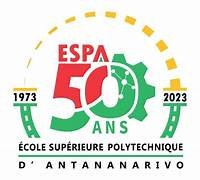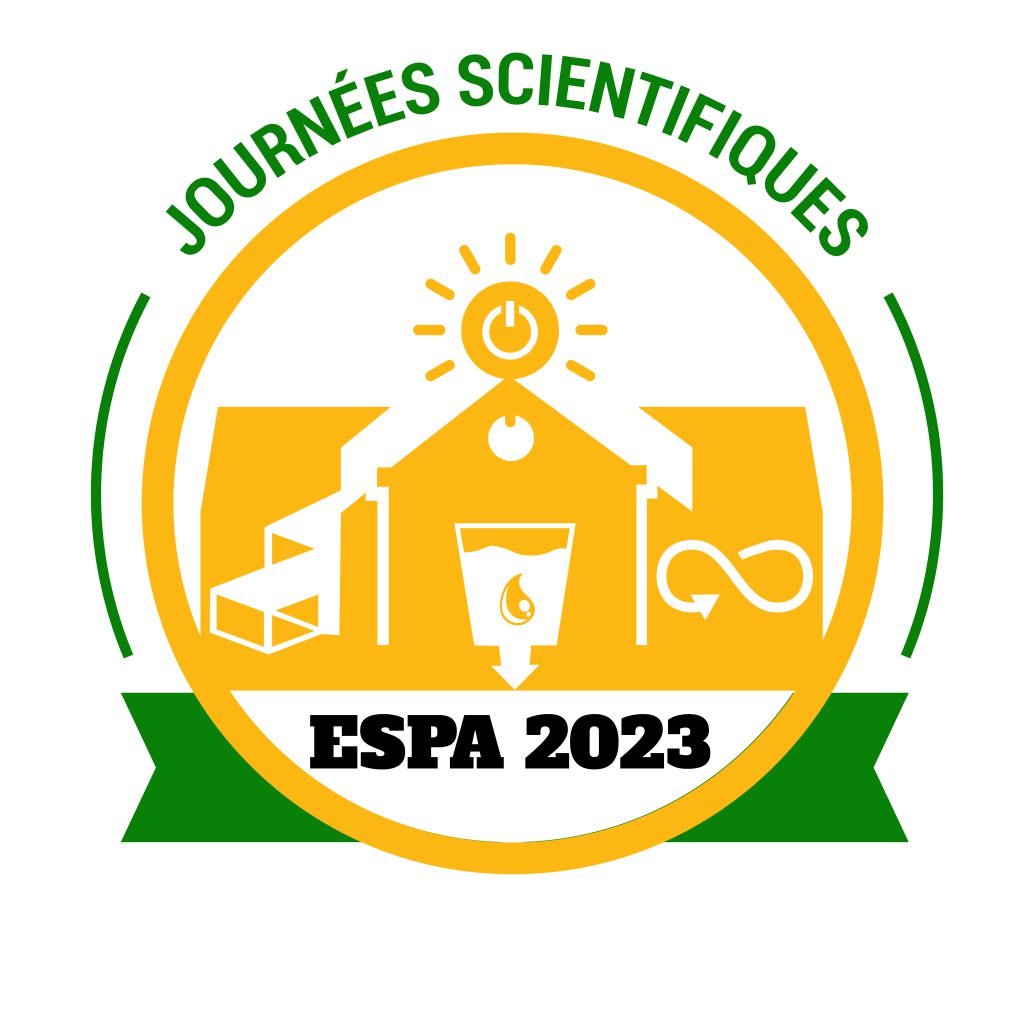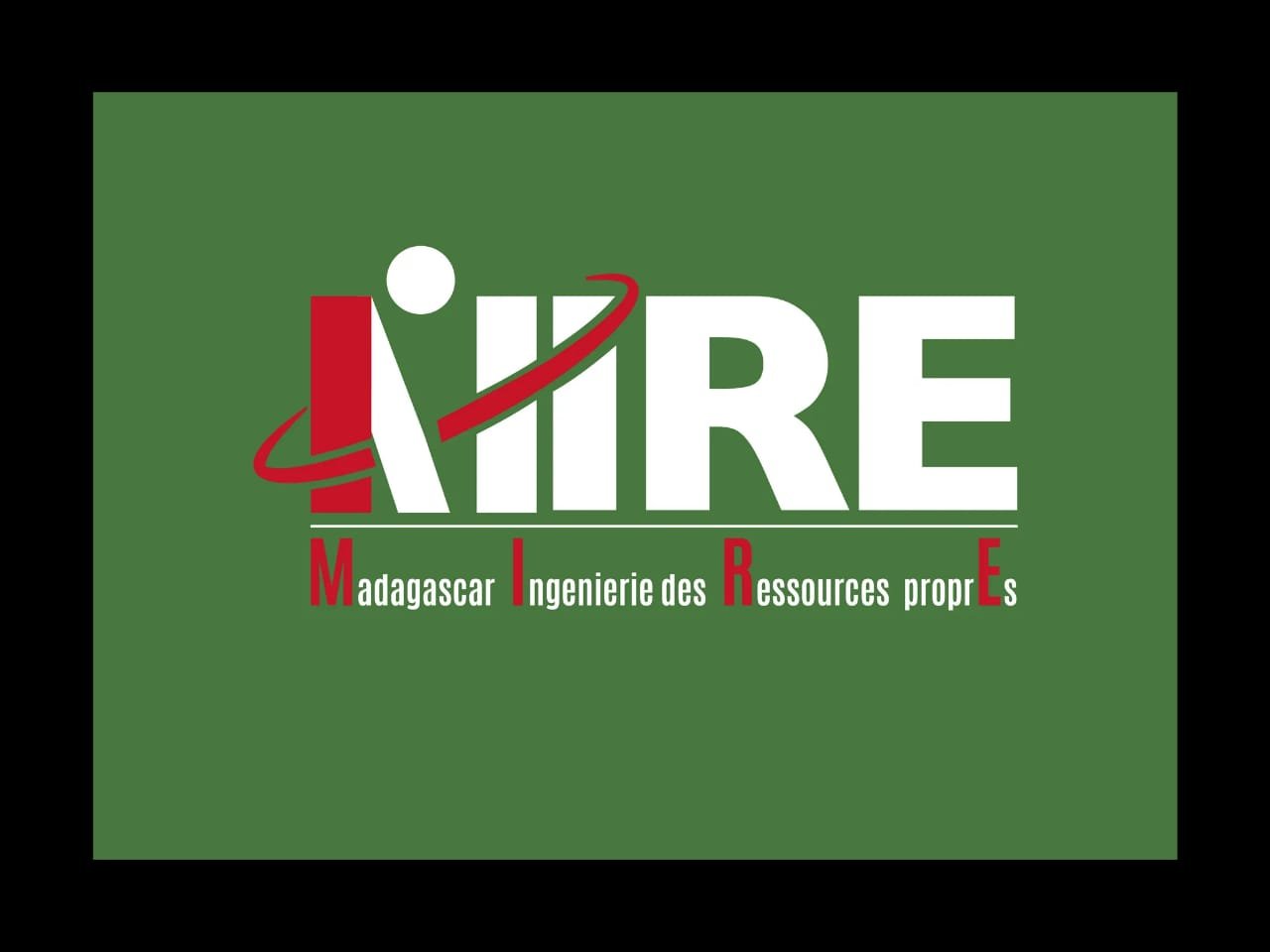Valorization of plastic waste in the civil engineering field
Résumé
The valorization of plastic waste is an essential solution to mitigate the environmental problems resulting from their accumulation. This Project focuses on developing an innovative recycling method aimed at transforming plastic waste into suitable materials for use in road surfacing and masonry. After a series of prototypes and experiments, we have identified concrete formulations using plastic bottle waste that have proven relevant for the production of various products such as paving stones, bricks, and concrete blocks. To assess their functionality, we subjected these new composites to a battery of rigorous tests that confirmed their properties and suitability for the intended use. The production process offers advantages both from an environmental and socio-economic perspective. From an environmental point of view, this approach contributes to ecosystem preservation and reduces greenhouse gas emissions. Our plastic waste recycling project for the production of materials for civil engineering represents a promising advancement in environmental preservation and offers interesting opportunities for a circular economy. The results obtained through our in-depth studies and conducted tests support the efficiency and viability of this approach, thus paving the way for broader use of these new materials in the construction and urban development industry.
Recycling, Concrete blocks, Industry, Environment, Economy
References
[1] A. A. Ansari, S. Khoso, et M. T. Naqash, (2021) « Experimental study on performance of various thermal insulation materials under severe temperature conditions », International Journal of Energy, Environment, and Economics, vol. 29, no 2, p. 144‑156.
[2] C. Mentis et C. Tsirimokos, « The economy – resources link under variable economic conditions. Evidence from Germany and Greece », International Journal of Energy, Environment, and Economics, vol. 24, no 2-3, p. 214‑230Volume.
[3] W. W. Y. Lau et al., (2020) « Evaluating scenarios toward zero plastic pollution », Science, vol. 369, no 6510, p. 1455‑1461, doi: 10.1126/science.aba9475.
[4] Z. E.- ICI.Radio-Canada.ca, (2018) « Un béton écologique à base de déchets plastiques conçu à Ottawa | L’ennemi plastique | Radio-Canada.ca », Radio-Canada, accessed on August 07, 2023. [Online]. Available online at: https://ici.radio-canada.ca/nouvelle/1089340/beton-ecologique-dechets-plastiques-ottawa-innovation-moussa-thiam.
[5] R. Geyer, J. R. Jambeck, et K. L. Law, (2017) « Production, use, and fate of all plastics ever made », Science Advances, vol. 3, no 7, juill. 2017, doi: 10.1126/sciadv.1700782.
[6] L. J. J. Meijer, T. van Emmerik, R. van der Ent, C. Schmidt, et L. Lebreton, (2021) « More than 1000 rivers account for 80% of global riverine plastic emissions into the ocean» , Science Advances, vol. 7, no 18, avr. 2021, doi: 10.1126/sciadv.aaz5803.
[7] S. Khoso et al., « An experimental investigation using recycled coarse aggregate as an alternative material for sustainable concrete », International Journal of Energy, Environment, and Economics, vol. 29, no 4, p. 444‑455.
[8] S. Khoso, J. Raad, et A. Parvin, (2023) « State of the art review on the properties of sustainable concrete using hybrid fibers », International Journal of Energy, Environment, and Economics, vol. 30, no 1, p. 38‑52.
[9] S. A. Aladejare, « Energy utilization, economic prosperity, and environmental quality in west africa: is there an asymmetric nexus? » International Journal of Energy, Environment, and Economics, vol. 28, no 3, p. 166‑191.
[10] G. Doublier et O. Sorgho, (2009) « Valorisation des déchets de sachets plastiques Utilisation comme liant dans la fabrication de matériaux composites : Application dans les villes subsahariennes », conférence internationale sur la valorisation des déchets et de la biomasse dans les pays en développement, Ouagadougou, Burkina-Faso 9-11 Juillet 2009.
[11] D. Saïfoullah, A. L. Pahimi, A. Gové, et J. D. Housseini, (2020) « Valorisation des déchets plastiques dans la production des matériaux de construction: cas des paves dans la ville de garoua (nord-cameroun) » , American Journal of Innovative Research and Applied Sciences, vol. 10, no 6, p. 215‑221.
[12] M. Bagayoko, (2011) « Mémoire pour l’obtention du master spécialise en énergie renouvelable », International Institute for Water and Environmental Engineering, Burkina-Faso, September 23, 2011.
[13] J. Perrin, « La technique paves plastiques-sable est à condamner ». accessed on June 29, 2023. [Online]. Available online at : https://pdfprof.com/PDFV2/Documents1/32797/37/3#gsc.tab=0
[14] B. Traore, K.Atcholi, M.Boffoue, R.Lachat, E.Emeruwa (2017) «Elaboration and Characterization of Composite Materials made of Plastic Waste and Sand: Influence of Clay Load», International Journal of Scientific Engineering and Technology, vol. 6, no 7, p. 220‑223.
[15] Z. Georges et Y. Martin, (2010) « Rapport étude socio-économique sur le pavé plasitque », Projet Stratégie de Réduction des Déchets de Ouagadougou Création d\'Emplois et de Revenus par des actions de collecte, de tri, et de valorisation, December 2010, accessed on August 07, 2023. [Online]. Available online at: https://pdfprof.com/PDFV2/Documents1/32797/37/1#gsc.tab=0
[16] P.-C. Kamgaing, (2021) « Établir des modes de consommation et de production durables (ODD-12) : cas de la lutte contre la pollution plastique », Journée Camerounaise des Objectifs de Développement Durable, November 2021, Yaoundé, Cameroun.


